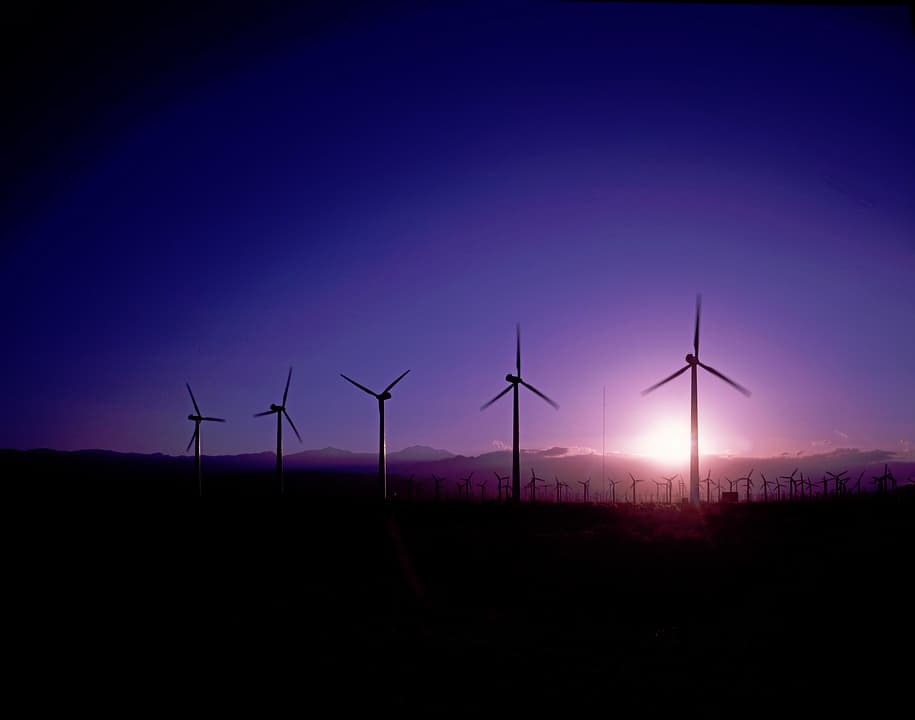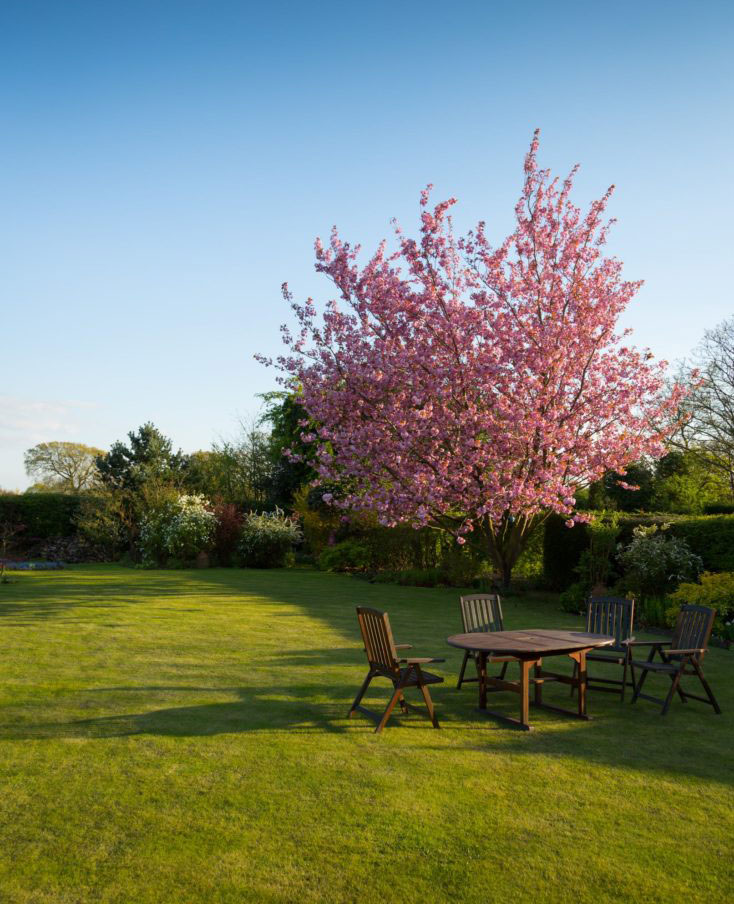Is Environmentally integrated architecture the key to sustainability?

The need for infrastructure, whether commercial or private, will always be on an upward spiral. This isn’t only a trend in developed countries but also in the developing and underdeveloped spaces on the world map.
Nations like China and India have boosted their infrastructural capabilities, building more and more each year. Meanwhile, third-world African nations have also joined the bandwagon in a bid to bring economic prosperity and development.
However, all this activity has left a negative impact on the environment, severely affecting our global ecosystem. And we already see its effects firsthand.
Effects of Climate change
From sinking island nations to the death of Coral reefs, climate change has taken a drastic toll on our ecosystems. Estimates say that more than 14 % of the earth’s coral reefs have already been lost to rising ocean temperatures.
The number of cyclones and hurricanes seems to keep increasing each year, with no steps taken to mitigate these incidents. Earthquakes have all but become a common thing, creating everlasting cracks in the soil. Not to mention the monumental amounts of carbon emission from burning fossil fuels that ultimately kill the ecological balance.
Although there has not been a universal attempt at halting the inevitable, there are some choices we can make to reduce our environmental footprint. Bringing an environmental touch to our infrastructure and architectural techniques is one of them. That’s why environmentally integrated architecture is such a vital step in fighting climate change.
Green buildings and zero energy infrastructure have become a golden standard for construction companies around the world. This brings us to a new era of change, a literal construction of a green world.
What is Environmentally Integrated Architecture?
It is the method of designing and constructing sustainable infrastructure by understanding and following the aspects of environmental fundamentals. The objective here is to create buildings that do not add to the factors which cause environmental downfall.
As we know, urban megacities are populated by high-rise buildings, which ultimately leads to a monstrous level of energy consumption. It takes a colossal amount of energy to power these structures just so they can maintain themselves. A 2022 study showed that the energy used for buildings amounts to 37 % of carbon-related emissions. And that number keeps rising at an alarming rate.
Some architects have come up with a way to combat this by inculcating the fundamentals of sustainability. This gave rise to a new breed of architectural design that aims to reduce the rising C02 emission rates. Today, environmentally integrated architecture has become a concept that everyone strives for. As zero-energy buildings become increasingly commonplace, so does the incorporation of environment-friendly practices among the masses.
How do zero-energy buildings function
The main objective of zero-energy buildings is to renewably generate green energy and only consume what can be produced using these methods. Instead of relying on external power sources, most of these buildings use solar panels to generate their own electricity and harvest water from the rain. Thereby removing the need to burn carbon.
Zero energy buildings are packed with on-site solar panels that trap energy from the sun during the daytime. This energy is used to power the day-to-day workings of the facility so that it can serve its function. If there is any surplus energy, it is stored in the grid of the building to use during the nighttime.
Zero energy buildings also have an objective of reducing the overall energy consumption by a facility. This is done by utilizing green roofs, energy-efficient windows with plain triple glass, smart lighting systems, and improved insulation.
Although it is a challenging task, we can already observe the trend being adopted by many corporate buildings and private houses. What’s more, each of these eco-friendly structures goes on to inspire many other architects to adopt environmentally positive designs. What’s more, many government agencies, both state and local, have begun to steer towards the zero-energy path.
The pros and cons of zero-energy buildings
The main disadvantage of zero-energy buildings is the overall cost of construction and materials. Needless to say, every one of these buildings is a logistical challenge and requires construction techniques that are in harmony with the environment. This could mean using eco-friendly and non-toxic materials, along with state-of-the-art technology. All this leads to huge financial requirements.
However, once they are constructed, zero-energy buildings can save millions of dollars that we would otherwise spend on energy consumption. Since the buildings are self-sufficient and sustainable, it almost removes the need to spend on energy. So, in the long run, it becomes not only beneficial for the environment but also for the facility itself.
We can witness the same phenomenon in London, which holds one of the most eco-friendly buildings built by Siemens, the Crystal. About 70 % of this architectural monument is illuminated by natural light, while 20 % of the building’s energy is generated using solar panels. What’s more, the building collects rainwater from the roof and stores them in an underground tank for future use.
The crystal was built in 2012 and cost a whopping £30 million. But the good thing is that it saves around £500,000 a year on energy costs and reduces carbon use upto71 %, which is more than any other building. One cannot put a price on that.
Final Thoughts
Energy-efficient buildings are the need of the hour and should be adopted as much as we can. As it is, the need for growth and production at an accelerated rate is one that is widespread across the world. We cannot stop this need, and neither can we quell it, this is a need that will continue for all of existence.
However, with environmentally integrated architecture, we might be able to reduce our carbon footprint in the world and steer everyone towards generating clean energy.
As of now, the idea has just been planted in our minds, and it will take some time before the whole world adopts it. But with more architects designing green and zero-energy buildings, the future does seem sustainable.
